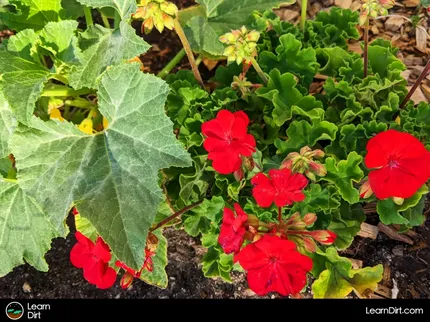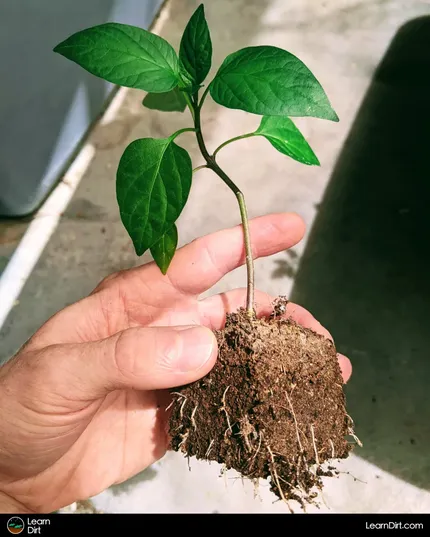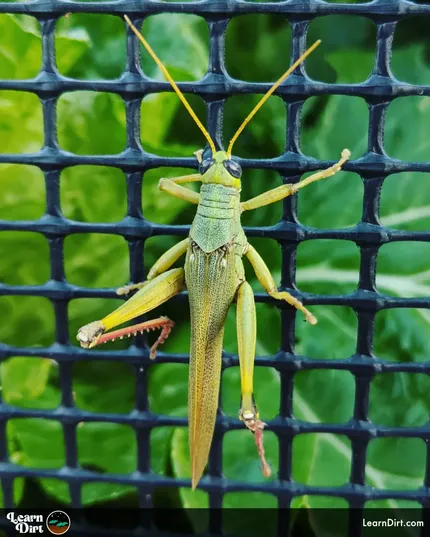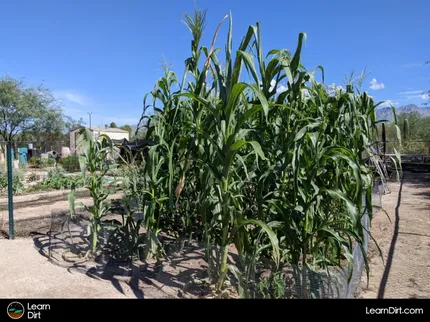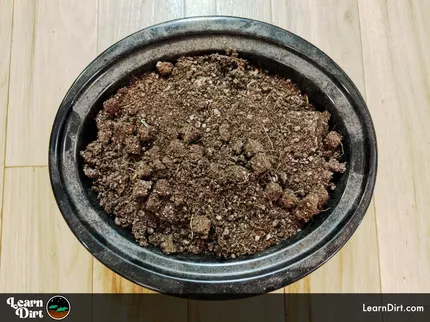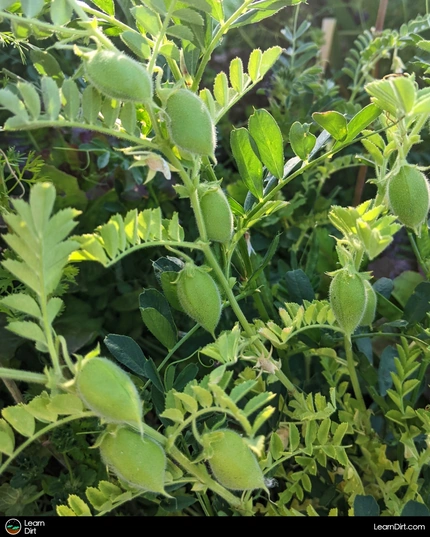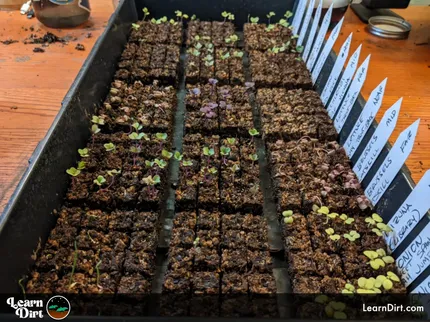Table of Contents
- Importance of Calcium in Soil
- Importance of Magnesium in Soil
- CalMag Ingredients
- CalMag Ratio
- Garden Uses for CalMag
* Our articles never contain AI-generated slop *
Calcium (Ca) and Magnesium (Mg) are often applied to the garden together, as CalMag.
This is because too much of one can prevent absorption of the other, resulting in nutrient deficiencies. Applying both at once is a good way to ensure that they're balanced.
Let's talk about how to make CalMag mix with this organic CalMag recipe for gardening...
Disclaimer: This post may contain affiliate links. Refer to the privacy policy for more information.
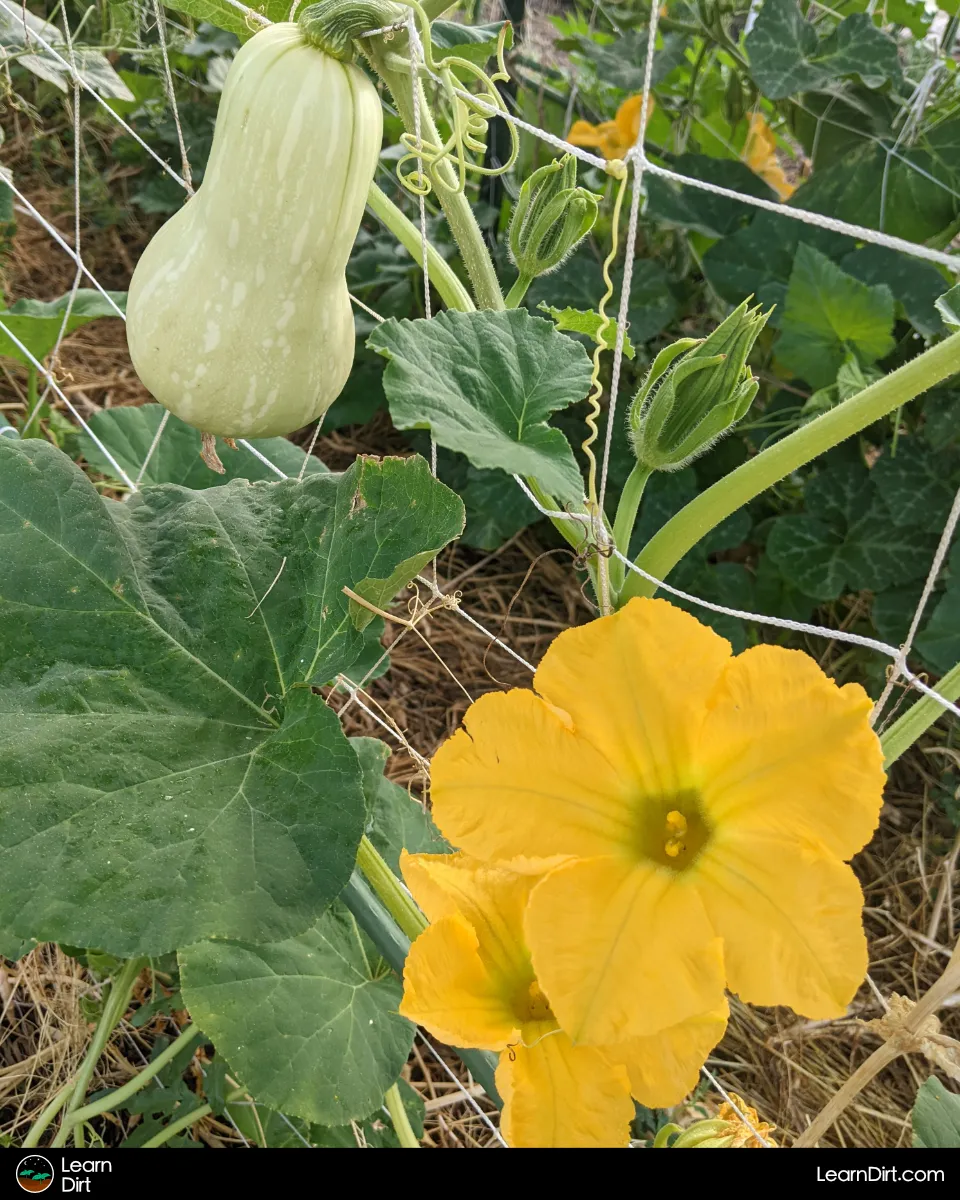
Importance of Calcium in Soil
Importance of Magnesium in Soil
CalMag Ingredients
For calcium I grind up eggshells in a cheap old coffee grinder. Some folks also soak their eggshells in white vinegar before using in the garden.
If you don't have eggshells, gypsum (calcium sulfate) is a great inexpensive source of calcium.
For magnesium I grab a bag of epsom salt which is magnesium sulfate.
CalMag Ratio
Scouring the internet for Calcium:Magnesium application ratios will yield suggestions ranging from 2:1 to 8:1. Like everything in gardening though, it's worth running your own experiments and developing your own ratios.
Garden Uses for CalMag
Once you've got your DIY CalMag mixed, it can be sprinkled on top of beds and planters as an amendment. It can also be worked into the top few inches of soil (through raking or tilther).
Keep in mind that your homemade organic CalMag mix is organic and will take a number of months to begin to break down and become bioavailable.
Join The Grower's Community
Find your people.
Your voice matters here 🌱
Check It Out!
Another use for CalMag is as a compost or worm bin amendment. By adding CalMag to your compost you can begin the process of breaking it down further and becoming more bioavailable. CalMag added to a compost bin can also eventually end up in your seedling mix, potted plants, and garden beds. For this reason I like infusing CalMag into my soil at the very beginning via my compost.
It's also worth noting that worms have gizzards which rely on gritty particles to help them grind their way through food. Eggshell powder makes a great source of grit, which is another reason to add your CalMag straight to your compost or worm bin.
Regardless of whether you choose to add your CalMag to your compost pile or straight to your garden beds and planters, you'll still see the benefits in vigorous strong plant growth and fewer deficiencies.
That's all for now, thanks for reading!
If you have any questions, comments, or would like to connect with fellow gardeners, head on over to the forum and post there.
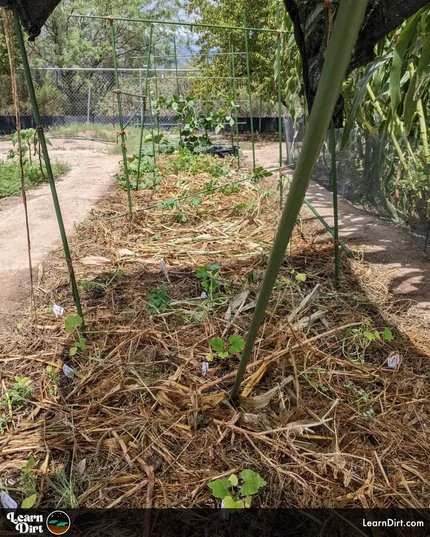
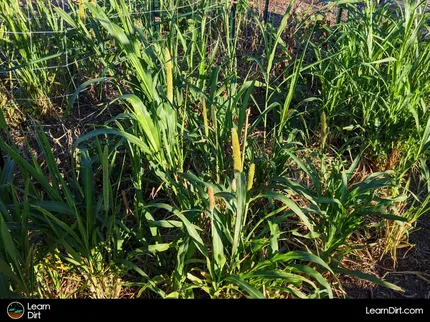
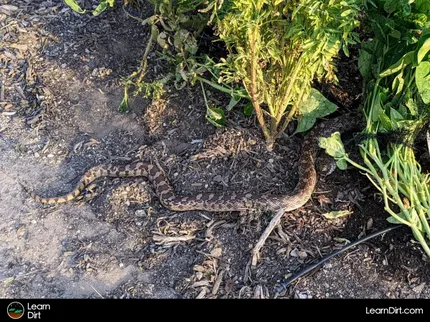

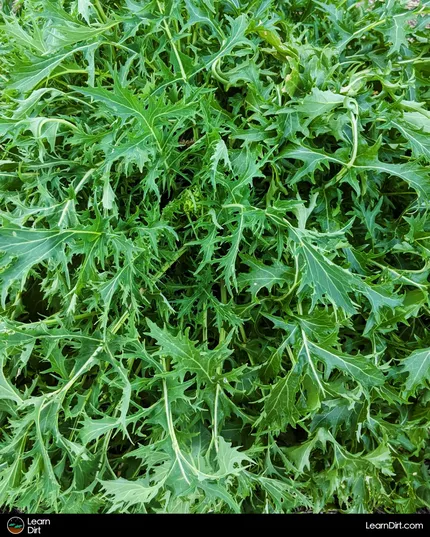
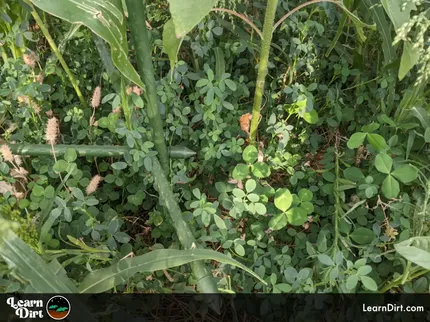
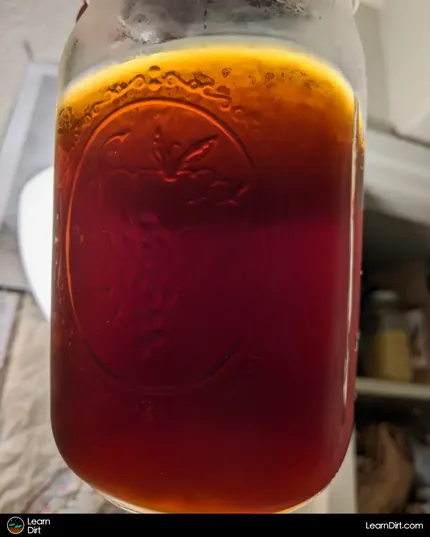
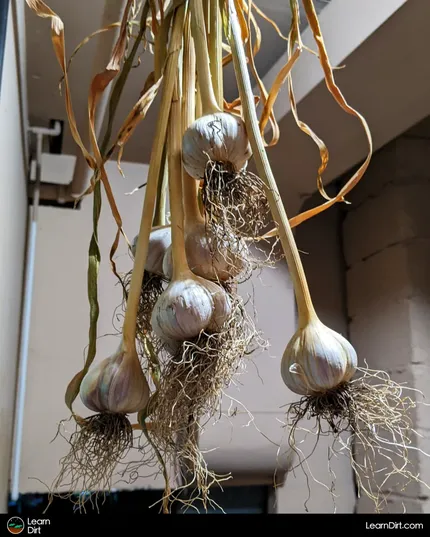
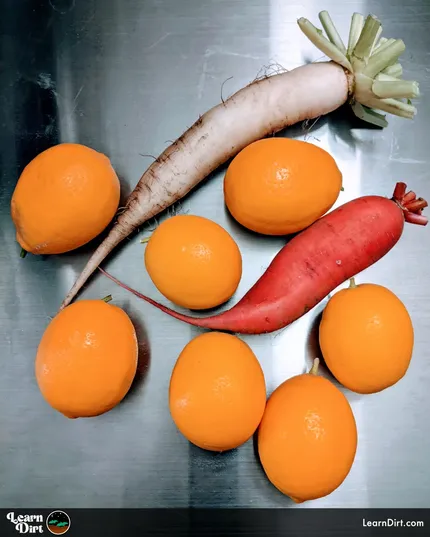




![Black Dirt Live Again [Green] Sticker](/media/product_images/black-dirt-live-again-[green]_sticker_260x260.png)

